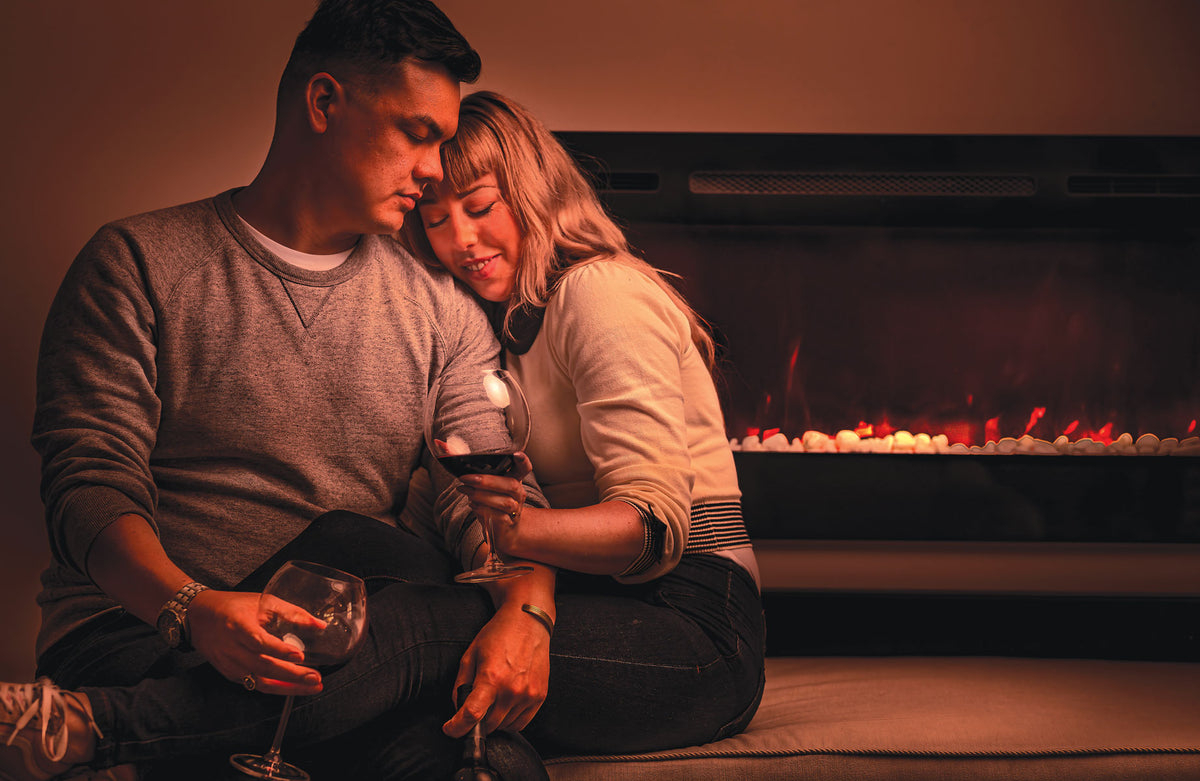
Choosing Best Wine For Chilly Weather
|
|
Time to read 3 min
|
|
Time to read 3 min
With winter season comes the inclination towards a hearty slow cooked casserole and a glass of big warming red wine.
We all know the feeling. The early morning chills are starting to set in. You see the trees turn red and yellow and slowly lose their leaves, as you dig out the slow cooker and put on your favourite casserole. The warm smell fills up the house and you rug up by the fireplace with a glass of your favourite red. The wind and rain are making havoc outside, but it doesn’t bother you. You’re in your happy place.
This is how I imagine to spend my cold winter evenings every year. How often do I actually get to do it? Not that often, but a girl can dream. So let me transport you into a place of slowly sipping peppery flavoursome goodness from a goblet, while we talk big winter reds.
We’ve all heard the expression, but what does it actually mean and what is so big about those wines? Let me start by unwrapping this by saying a ‘big red’ normally implies a multitude of intense bold flavours, which come from very ripe grapes. In fact, those flavours are often so intense they need to be balanced by introducing oak.
To achieve the level of ripeness required for a big red, grapes are generally grown in a hot climate. Think Barossa, Heathcote, Coonawarra, McLaren Vale, Hunter or Margaret River. These regions generally don’t get a break from the heat and enjoy a multitude of very hot days and hot nights. This means the grape ripening continues around the clock, intensifying juicy flavours of the fruit and producing a lot of sugar. High sugar levels in the grapes in turn mean high alcohol levels in the wines — hence that warming sensation, as you take a sip from your goblet.

Not every grape variety can handle these extreme heat conditions without skin burst or spoilage, so when talking big reds I would predominantly focus on varieties such as Shiraz, Cabernet Sauvignon, Durif and Nebiolo. They are all known for well-expressed ripe fruit characters, which often need to be balanced in the wine production process. There are two main techniques used to balance the big reds — skin maceration and, of course, oaking.
Extended skin maceration is a technique of leaving the skins floating on top of the fermentation tank even after the fermentation is finished. This allows more tannins to leach into the wine producing, optimising the colour and flavour profile. Once the skins are removed, the wine is generally transferred into barrels for ageing, and here is where there’s endless opportunities for experimenting, depending on the desired result.
Then, there’s two types of oak used in wine production globally — French Oak and American Oak. French oak is generally known for its subtle and soft characteristics, while American Oak gives a lot more punch. This makes the latter a good wrestling companion for the powerful characteristics of the big reds in the flavour profile dominance game.
Another thing to consider is the age of oak — the older the barrel, the less intensity it is going to give, so in production of ‘big reds’, mostly new oak barrels are used. From here the wine stays in barrels to soak up the flavours for anywhere between 6 months and a few years.
Have you ever heard the big reds last longer in the cellar and wondered why? Well, it’s simple. You just have to think of ageing as a slow process of oxidation. Once the oxidation is done, the wine has turned into vinegar and is no longer drinkable. If you catch it mid-process, however, you might just enjoy the best of all worlds — the soft hugging characteristics of aged tannins, balanced with well exposed secondary characteristics of the fruit.

With different wines that perfect ‘in between’ point happens at different times, and this is what we call the best drinking age. The more complex the wine, meaning the more elements there are in terms of primary and secondary fruit characteristics, tannins and sugar levels, the longer the oxidation process will take. This in turn prolongs the shelf life of the wine, extending it’s perfect drinking age. It is not uncommon for the big reds to last well over 20 years in a cellar, due to the complexity levels in the product, so if you have the patience, they are definitely worth the wait!
Words by Wine Chick for Caravan World